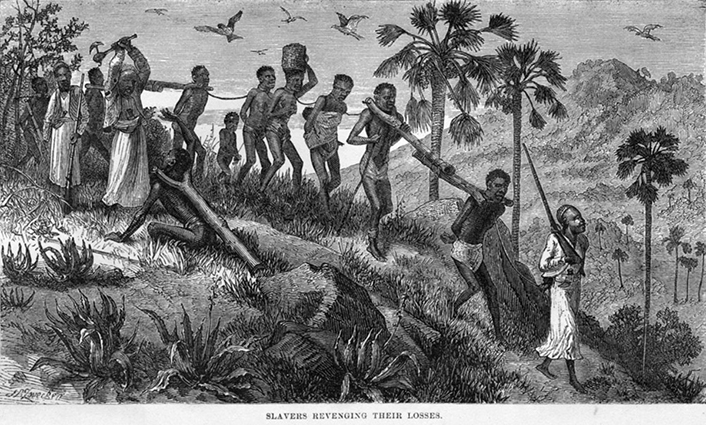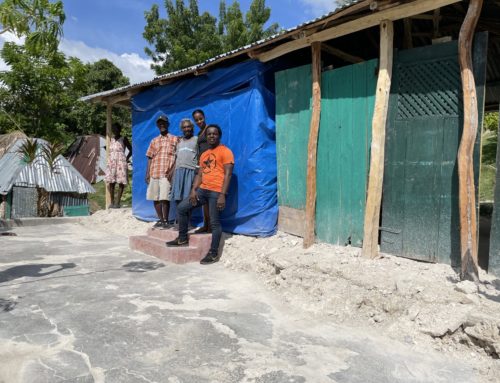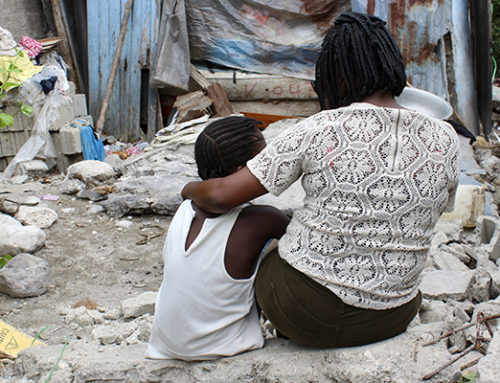
Read our whole series on the history of slavery here.
The story of the American slave trade is the first chapter in the history of slavery where most of us already have some familiarity. Whether it be from graphic films on the transportation of Africans aboard slave ships or your high school American history class, most adults are aware of the origins of slavery in the United States. The long story of slavery has not yet come to a close as many, including children, still find themselves enslaved.
Keep reading to brush up on the history of slavery in the Americas as well as how you can step in and help children in Haiti.
The Origins of American Slavery
The first slaves were brought to the Americas in 1619, when 20 men from Africa were brought to Jamestown, VA. Historians are not sure whether this was the true beginning of the legal slave trade in the colonies. Indentured servitude already existed in the region. Roughly 60 years later, via the Royal African Slave Company, records show that the slave trade was booming in the British Colonies, and colonists began to acquire slaves in larger numbers. Evidence suggests that the main reason for this dramatic increase was a sharp decline in the availability of indentured servants.
Slave Concentration Throughout the Americas
Despite what you likely know about slavery in the Americas, you may not know that the majority of African slaves were concentrated in the Caribbean to work on plantations. European colonies depended on African slaves on the islands to produce their sugar and coffee. Additionally, many African slaves were sold to owners in both Brazil and the Spanish Americas for both field and household work.
The Journey from Africa
The journey from Africa to the Americas was a horror that many did not survive. The ships were tightly packed, low on food, and without proper sanitation. This led to a rapid spread in fatal diseases such as dysentery, fever, and smallpox, killing both the Africans and the ship’s crew. Death was commonplace on the slave trade, and when a man or woman passed away, their bodies were simply tossed into the ocean. This was an additional point of shock for the Africans, as they believed that death and burial should be handled with care and honor.
Depending on the origin and final destination of the slave ship, this journey could take anywhere from three weeks to several months. Records estimate that between 10 and 20 million Africans were brought to the Americas in this inhumane fashion, although many were cast into the ocean along the way, a tragedy too horrifying to wrap your mind around.
Stay tuned for the next chapter in the History of Slavery, which will focus on the abolition of slavery, both in the United States and globally.
Partner with Us to End Modern-Day Slavery
If you think that the practice of slavery has come to an end, think again. Across the world, more than 45 million still live in bondage, many of them women and children in need, as they are seen as easy targets. For example, on our neighbor island of Haiti, hundreds of thousands of children are caught in a system of child slavery known as restavek.
Due to the extreme poverty in Haiti, many children are sent by their parents to live with slightly wealthier families in hopes of a better life, an education, and proper nutrition. Rather than a better life, they become child slaves for their caretakers, their childhood lost to a schedule of hard work and meager rations. Restavek Freedom is one on the top charities at work in Haiti, using child advocacy, intervention, and education in an effort to this practice in Haiti.
You can partner with us through creative fundraising, child sponsorship, community awareness, and more. Join us today to become a part of the team working diligently to close the book on child slavery in Haiti in our lifetime.
To read more about the history of slavery, visit restavekfreedom.org/the_history_of_slavery.









